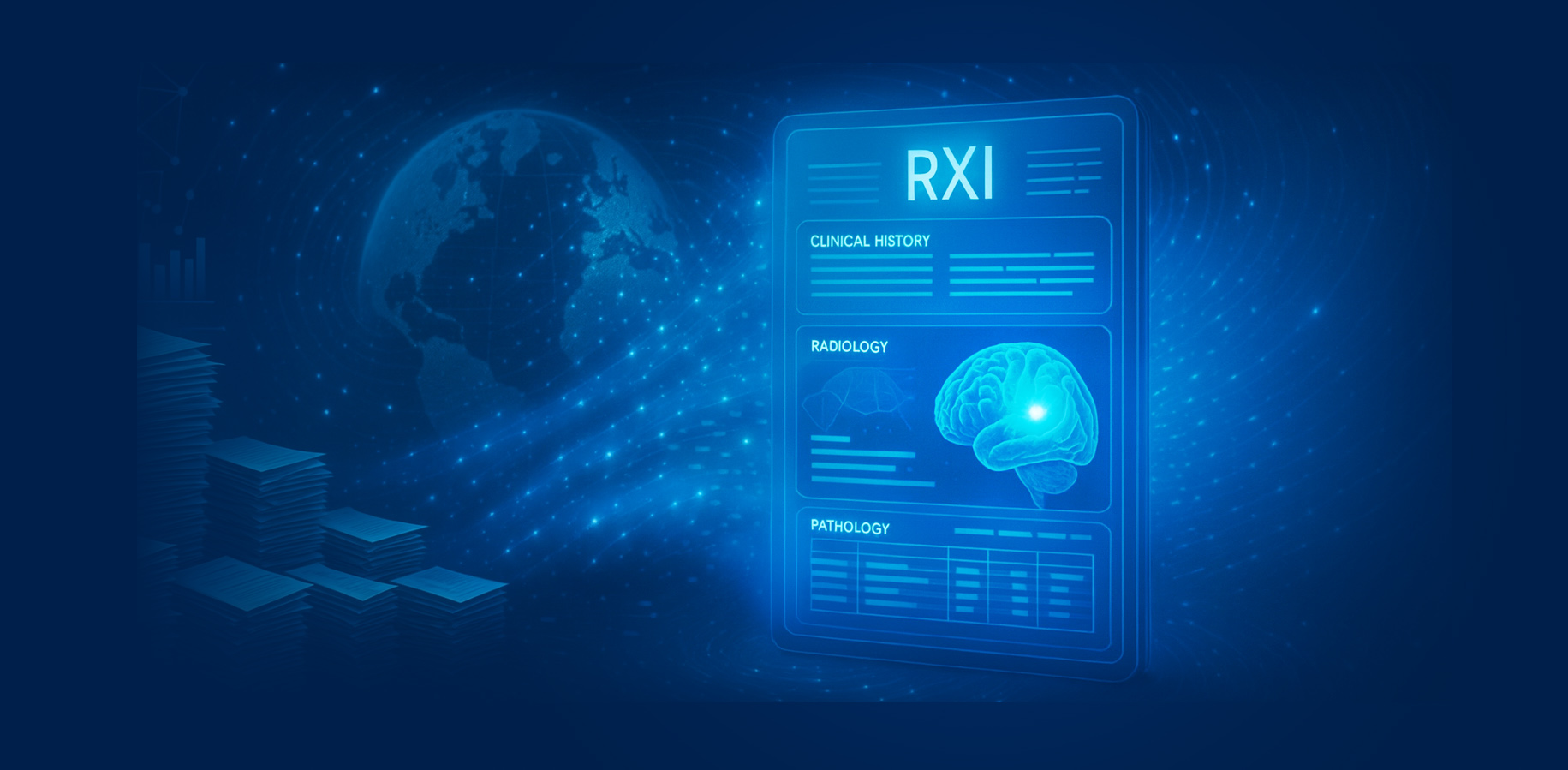RXI: Why the Future of Medical Records Demands More Than ROI

For decades, “ROI” — Release of Information — has been the backbone of how medical records move from one place to another. It served its purpose: ensuring compliance, logging consent, and safely getting data from Point A to Point B.
But ROI was built for a paper-based past — a world of fax machines, CDs, and manila envelopes.
That world no longer exists.
The New Reality of Medical Information
Today, patients expect immediate access to their health information, clinicians need clarity at the point of care, and attorneys, insurers and care coordinators require accuracy and speed to support the best outcomes.
And yet, the traditional ROI process still delivers the same thing it always has: a disjointed pile of records, often delayed, unstructured, and filled with irrelevant information making it difficult to use.
The healthcare industry doesn’t just want access anymore. It needs insight.
That’s why it’s time to evolve from ROI to RXI — Retrieval, Exchange, and Insight.
From ROI to RXI: An Evolution
ROI is compliance-driven. It focuses on the process — receiving a request, pulling the records, logging the release, and closing the case while compliant with HIPAA. It checks the regulatory box.
But it doesn’t help the people who actually need the medical records to make critical decisions.
Record-collection platforms have helped aggregate files from multiple sources, but at the end of the process, users still face a digital junk drawer of information. This includes PDFs that cover everything from clinical notes to the instructions sent home with the patient (oftentimes duplicated throughout the records), DICOM imaging (often on CDs), and lab reports with little context.
RXI changes that.
- Retrieval spans systems and formats, bridging silos that have long slowed care.
- Exchange happens digitally and securely, not via fax or a CD in the mail.
- Insight turns those records into understanding — making it easier to see what matters, not just what’s there.
In short: ROI delivers documents. RXI delivers meaningful understanding.
Insight Isn’t Optional
Imagine a patient seeking a second opinion for a complex cancer diagnosis. The specialist doesn’t have the time to parse through a 7,000-page PDF dump or an envelope full of CDs. They need:
- Imaging and priors, side-by-side.
- Key lab results, chronologically ordered, indexed and summarized.
- Pathology linked directly to treatment milestones.
Today, hours of valuable time from clinical teams is spent to organize the clutter. Without this structure valuable time is wasted — and outcomes suffer.
Or think about an attorney preparing a malpractice case. Ten years of medical history might arrive on multiple CDs. But without intelligent organization, the critical pieces remain buried. RXI highlights what matters most — medication changes, test results, surgical notes — and assembles them into a clear, shareable narrative.
Even within hospitals, the difference is profound. Through the standard request of information (ROI) process, an emergency physician might get a long fax of past labs. With RXI, they see a single, dynamic timeline of prior conditions and treatments — exactly what’s needed in critical moments.
Insight isn’t a luxury. It’s the difference between noise and signal, delay and action, compliance and care.
Why ROI Falls Short
The traditional ROI process can’t keep pace with modern healthcare. It’s still:
- Manual — forms, phone calls, fax confirmations.
- Slow — days or weeks for delivery.
- Fragmented — incomplete records in incompatible formats.
Every delay adds cost and risk. Every missing record adds uncertainty. ROI meets the letter of the law but fails the spirit of care delivery.
RXI in Action
Now, picture the RXI experience.
A patient makes one request — and records flow in from every relevant source: hospitals, imaging centers, labs, private practices. Files arrive organized and contextualized, not as a messy digital pile.
Radiology goes to one section, labs to another, notes to their rightful place. Imaging opens instantly in a secure, web-based viewer — no software downloads, no damaged, lost, or encrypted CDs.
Sharing is secure and permission-based. Attorneys, physicians, and insurers can collaborate with just a few clicks. Access can be set to expire automatically, keeping PHI safe.
But the real leap is the insight layer. The system doesn’t just store or transmit records — it helps users understand them. It highlights key findings, builds visual timelines, and surfaces trends that drive decision-making.
The result? Not just data. Clarity. Context. Confidence.
Why Now
The transition to RXI isn’t just logical — it’s inevitable. Patients expect healthcare to function like the rest of their digital lives: fast, intuitive, and mobile. Providers are drowning in data but starving for clarity. Attorneys and insurers need precise, organized records that can be shared securely and efficiently.
Telehealth, second opinions, and complex litigation now span geographies — demanding a system that’s digital by design. Meanwhile, clinging to ROI comes with rising costs and risks: incomplete data, delayed care, and preventable mistakes.
The Future Is RXI
ROI was built for compliance in an analog era. RXI is built for action in a digital one. It retrieves comprehensively, exchanges seamlessly, and transforms raw information into insight. For patients, RXI means control and transparency. For providers, it means clarity and faster decisions. For attorneys and insurers, it means accuracy and efficiency.
ROI will always have a role in regulation and compliance — but it shouldn’t define the experience of modern healthcare.
Because in today’s world, insight isn’t optional. It’s everything.
Questions? Reach out to us.




